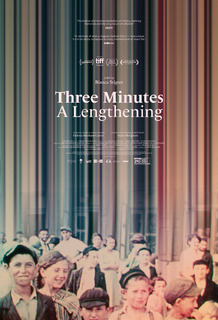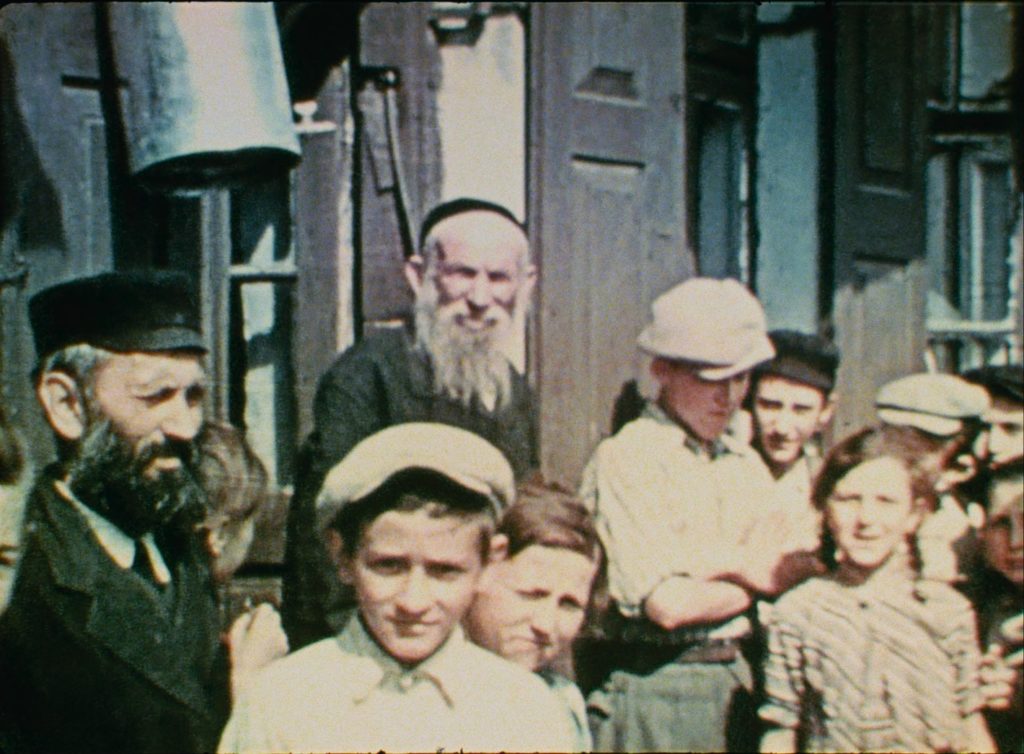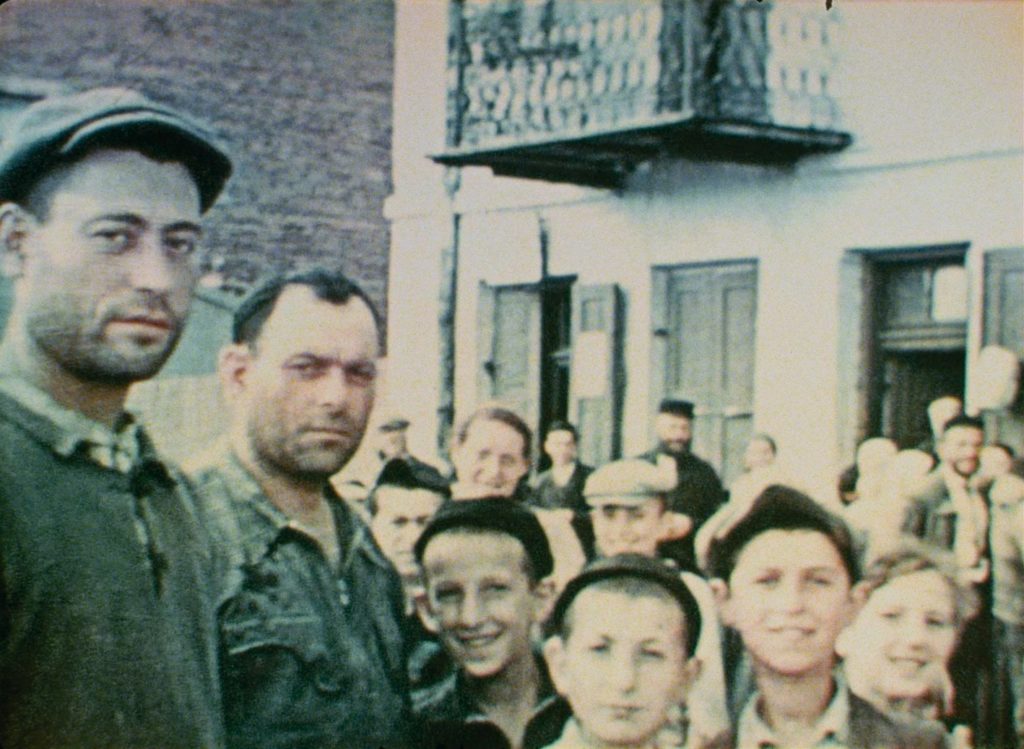
As its title promises, Three Minutes: A Lengthening extends the lives of its unsuspecting characters far beyond the realm of individual memory, offering a poignant and sensitive tribute to so many lives erased by the Holocaust. Bianca Stigter’s cinematic masterwork of style and sensibility now becomes a most worthy addition to the pantheon of films about one of the most deplorable events in human history.
Nearly eighty years have passed since the Nazi-induced genocide—known variously as the Shoah or the Holocaust—that was designed to exterminate European Jewry and others who were deemed threats to Teutonic superiority.
It was not until a decade or so after 1945, however, that a deeper awareness of the Holocaust permeated the world’s moral conscience, largely due to the pioneering work of Hannah Arendt and Elie Wiesel and to the publicity generated by the trial of Adolf Eichmann in Jerusalem.
Since then, scholars and artists the world over have grappled with how to resolve an insoluble equation in the calculus of abomination: whether more weight should be placed on the victims as individuals or as part of a collective. In a 1960 proposal for a long poem on the Holocaust, Jewish American poet Hyam Plutzik mused: “it is hard enough to write a requiem for one man, but six million! Is there such a number? Grief ends beyond one or two or three; beyond that there are only statistics.”

Plutzik had planned to open his poem with a scene in which the six million ghosts appear at midday on Main Street.” I thought of his strategy while watching Three Minutes: A Lengthening, a film based on home-movie footage shot by David Kurtz in 1938 in the Polish village of Nasielsk. Kurtz, an American businessman with ancestral roots there, was in town with his family on a grand tour just a year before the Nazi Wehrmacht rolled into Poland.
In 2014, Farrar, Straus and Giroux published Three Minutes in Poland, a book about the rescued footage that was written by Kurtz’s grandson, Glenn. It detailed his four-year odyssey to have the footage restored so he could identify his grandfather and some of Nasielsk’s Jewish residents. He was eventually successful in locating seven of the “ghosts” depicted in his grandfather’s home movie: 150 Jewish residents of Nasielsk who are portrayed in candid scenes depicting everyday life in the shtetl: worshippers pouring into and out of the synagogue, families promenading in the town square, kids mooning for the camera as they always will. But even this may not be a representative cross-section of the population, for as the narrator points out, the area’s extremely orthodox residents would have shunned the camera’s intrusive reach.

What is especially remarkable about this film is the way the video element are handled. Watching the same three-minute footage over and over during an hour-long film would have been supremely boring without the artful way the vignettes are presented, weaving the archival footage with contemporary shots of the town, though no physical evidence remains of the Jewish sector.
Kudos to Katharina Wartena and Thaumar Rep for editing and visual effects, respectively. Helena Bonham Carter’s narration gives just enough information without overwhelming the listener, and is delivered in a style marked by both reverence and urgency.
Three Minutes: A Lengthening amply fulfills director Bianca Stigter’s aim of interrogating Kurtz’s fragmentary footage as an archeological artifact that helps us gain entry to the past. Her relentless attention to detail and to the respect owed to her cast makes this a must-see film, one that in her own words, “investigates the nature of film and the perception of time. Through the act of watching, the viewers partake in the creation of a memorial.
”
Check out more of Edward’s articles.
Here’s the trailer of the film.

